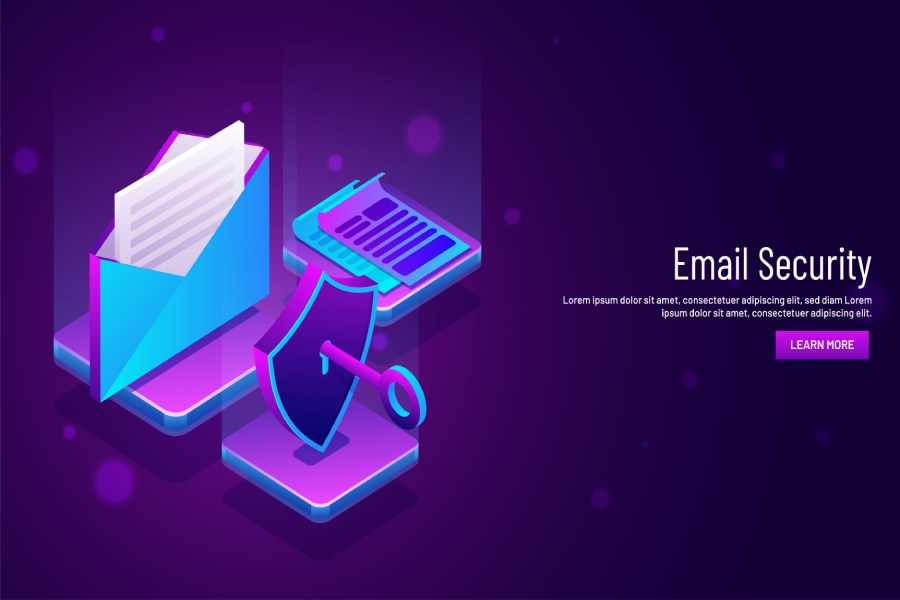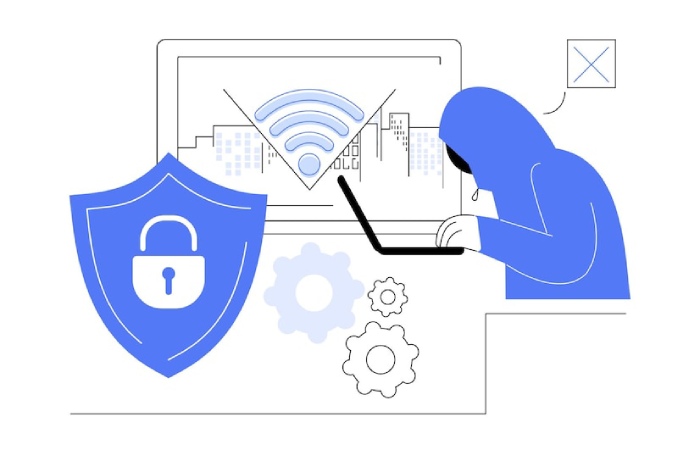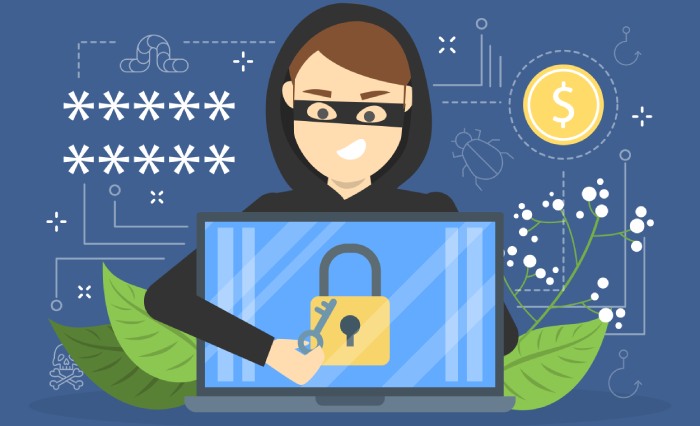One more year is over, and there is no respite from cybercrimes across the globe yet. It is a never-ending battle, and 2022 opens up yet another chapter in the cybersecurity space. Ransomware attacks continued to cause havoc for businesses in 2021, along with the infamous attacks, such as the SolarWinds hack and the Log4j vulnerability. This article examines the cybersecurity and email security trends to watch out for in 2022.
Cybersecurity And Email Security Trends
The following are the most critical trends that 2022 will witness in the cybersecurity landscape.
Adoption of AI-Powered Cybersecurity Tools
Artificial Intelligence (AI) solutions have been found to be very effective in fraud prevention in the financial sector. In the same way, AI-powered cybersecurity solutions are proving to be effective in identifying behavioral patterns to detect malicious activity. AI systems combined with Machine Learning (ML) can provide outstanding predictive capabilities based on historical data analysis. AI systems have come a long way that not only are they used to identify existing data vulnerabilities, but they also predict when and how one can occur in the future. Hence, AI-powered cybersecurity solutions will be in huge demand in 2022 for businesses looking to counter cybersecurity threats.
Continued Social Engineering Issues
Attacks powered by Social Engineering will prevail like before as users have consistently overlooked security warnings and done what they intend to do to accomplish things effortlessly. Even if the organization’s security posture is compromised, people could continue to follow their unsecured protocols. Malicious actors always think that the weakest entry point in any organization is its employees. That is the reason why social engineering scams have continued to work successfully over the years. Social engineering is one of the most challenging threats to handle. That is because no cybersecurity system or risk management solution can work if the employees are imperfect and continue to fall prey to the adversaries by refusing to maintain security protocols.
Malicious Attachment Attacks
The year 2021 saw a lot of incidents where the entire organization came to a standstill because someone downloaded a malicious attachment. It will continue in 2022 unless people are provided robust security awareness training. Even people aware of the security protocols sometimes can be a bit negligent for a minute or so during a workday. And, such a short interval is more than enough for an attacker to catch the employee off-guard and download a malicious attachment. Such attachments can come disguised in various forms, like pdf files, voicemails, Word documents, PowerPoint presentations, etc. Businesses need to install anti-phishing tools and partner with highly secure email hosting services and safe outbound SMTP providers to safeguard themselves from such malicious attacks.
Ransomware-as-a-Service (RaaS)
An average ransomware breach costs about $2 million to recover for organizations. Also, it is essential to note that only 8% of the organizations got back their data even after paying the ransom. Ransomware will continue to torment businesses in 2022 as threat actors may even target vulnerable mobile and IoT devices. Malicious actors have started offering Ransomware-a-as-Service (RaaS) packages to provide proven ransomware tools to attackers. In return, the affiliates will give a percentage of the ransom to the RaaS service provider. Such threat vectors are likely to continue their upward trend in 2022.
No End To Phishing
Phishing has been considered one of the most common cybercrimes over the past few years. And it is expected to do so in 2022 as well. With security awareness hovering around phishing attacks, malicious actors have gone a step ahead in impersonating popular brands and vendors in a near-flawless fashion. Furthermore, phishing-as-a-service models have started to come up that make small-time threat actors’ job much easier by providing them with ready-made phishing kits through which they can target thousands of victims at once.
Targeted IoT Attacks
The application of Internet of Things (IoT) devices rose to staggering heights in the last year. The number of IoT device breaches more than doubled from 639 million in 2020 to 1.51 billion in 2021. With technological advancements like IoT and AI coming to the forefront, the threat factor also increases incredibly. With people increasingly relying on IoT devices for various purposes, malicious actors develop new techniques and strategies to target such devices. One of the primary risks of these devices is that they lack adequate regular updates and automated update mechanisms. For example, the infamous Satori malware that targets vulnerable IoT devices can quickly spread to all connected devices. Targeted IoT attacks will continue to increase in 2022 unless people stop using vulnerable devices and follow robust security protocols.
Cybersecurity – A Key Factor In Partnerships
Businesses worldwide have started giving utmost importance to cybersecurity internally and while forging partnerships. No matter what kind of fraud detection and prevention systems are in place, if there exists a vulnerable link in the entire supply chain, it opens a window for the attackers. Hence, organizations will thoroughly vet every partner with access to the organization’s data or system in the coming years while forming a business alliance.
Enhanced Security Regulations
Data privacy and security regulations will continue to expand in 2022. While the UK and EU have primarily spearheaded privacy regulations like GDPR, there are still many loopholes favorable to malicious actors. One must expect governments worldwide to pass stricter privacy regulations and data policies in 2022, including new ransomware laws.
Identity And Access Management (IAM)
Of all the businesses across the world, 40% will embrace IAM capabilities by 2022, according to a report from Gartner. The zero-trust model is the new norm for businesses as verification of digital identities is vital to prevent attacks. IAM solutions provide added security in the form of certificates and key pairs. It essentially helps in protecting against duplicate identities and significant security incidents as it automates various user account-related tasks like authentication, authorization, and identification.
Final Words
Cybersecurity is highly important for businesses as it helps them protect their sensitive data and other assets from theft and cyberattacks. Organizations will have to start investing in advanced cybersecurity and ransomware protection tools to safeguard themselves from adversaries. The abovementioned trends related to cybersecurity and email security can help small businesses plan and formulate their cybersecurity strategy for 2022.


